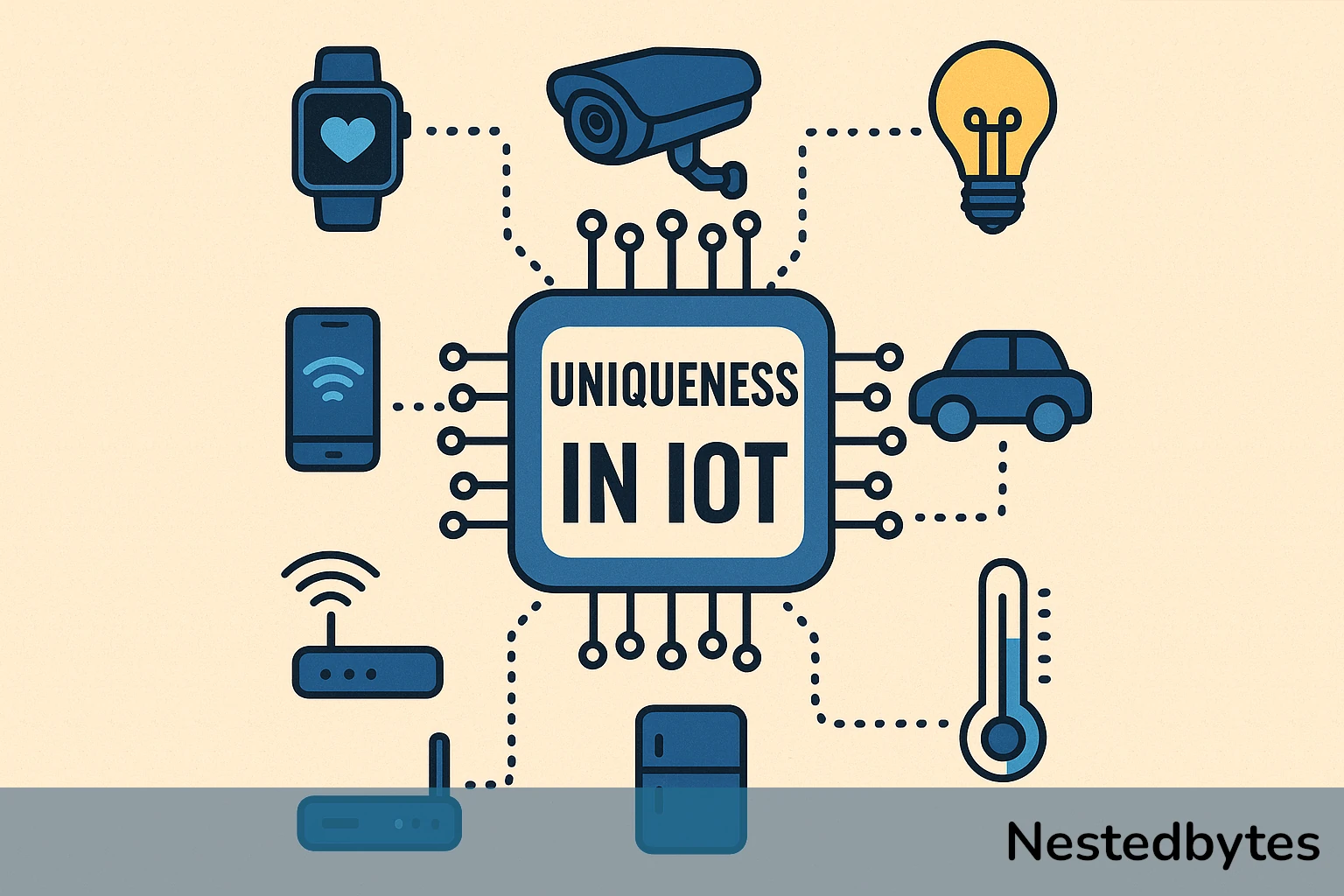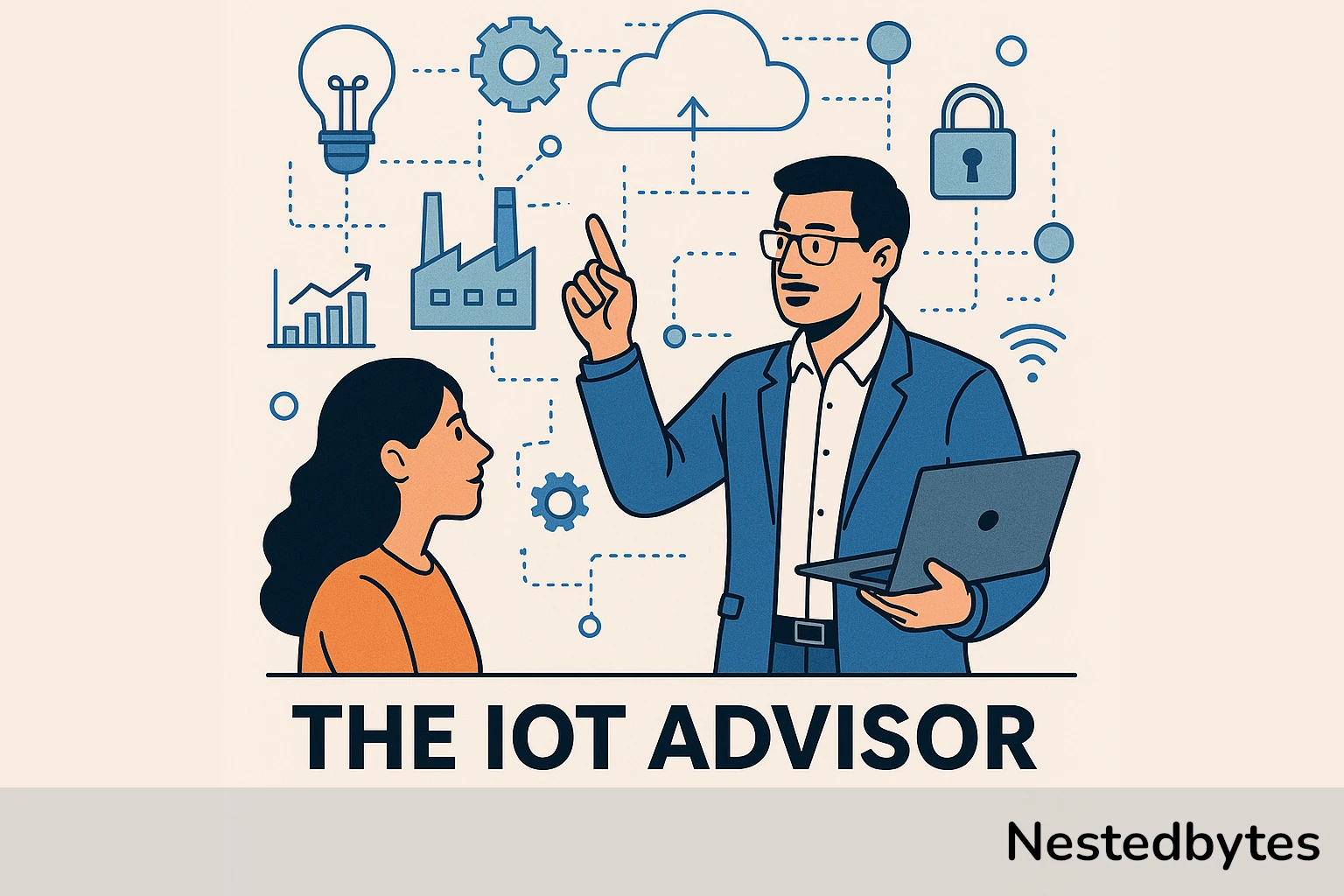
Device Unicity: Why Is It Important in IoT?
Device unicity is a critical concept in the Internet of Things (IoT), ensuring that each connected device has a unique identity. This uniqueness is vital for secure communication, accurate data routing, and effective device management. Without it, systems face serious risks such as security breaches, data corruption, and operational inefficiencies. Azure IoT Hub enforces device unicity through its Device Identity Registry, using unique device IDs and secure authentication methods like Shared Access Signatures and X.509 certificates. The article highlights that enforcing unicity supports scalability, maintainability, and compliance with industry standards. It also outlines best practices, including automated provisioning and duplicate monitoring, to maintain a secure and trustworthy IoT infrastructure.
Device Unicity: Why Is It Important in IoT?
In the rapidly evolving world of the Internet of Things (IoT), where billions of devices are connected and communicating, device unicity—the principle that each device must have a unique identity—is a foundational concept. Without it, secure communication, reliable data ingestion, and effective device management become nearly impossible.
This article explores the concept of device unicity, the risks of neglecting it, and why enforcing it is critical for scalable and secure IoT solutions, especially when using platforms like Azure IoT Hub.
What Is Device Unicity?
Device unicity refers to the requirement that each IoT device in a system must have a unique identity. This identity is typically represented by a unique device ID or certificate and is used to:
- Authenticate the device
- Authorize its actions
- Route its telemetry and commands
- Track its lifecycle and status
In Azure IoT Hub, device unicity is enforced through the Device Identity Registry, where each device is registered with a unique deviceId. This ID is used in conjunction with Shared Access Signatures (SAS) or X.509 certificates to ensure secure and authenticated communication.
What Happens If Device Unicity Is Not Enforced?
Failing to enforce device unicity can lead to a range of serious issues:
- Security Vulnerabilities : If multiple devices share the same identity, it becomes impossible to trace malicious behavior or revoke access for a compromised device without affecting others.
- Data Integrity Issues : Telemetry from different devices may be mixed, leading to incorrect analytics, faulty automation, and poor decision-making.
- Operational Complexity : Device management tasks such as firmware updates, configuration changes, or monitoring become unreliable when devices are indistinguishable.
- Compliance Risks : Many industry standards (e.g., ISO/IEC 27001, NIST) require traceability and accountability, which are impossible without unique device identities.
Why You Should Enforce Device Unicity
- Security and Trust : Unique identities allow for per-device authentication and fine-grained access control, which are essential for building trust in your IoT ecosystem.
- Scalability : With unique identities, you can scale your solution to millions of devices while maintaining control and visibility.
- Maintainability : Device unicity simplifies operations like diagnostics, updates, and decommissioning, reducing maintenance overhead.
- Compliance and Auditing : Unique device identities enable audit trails and compliance with security standards and regulations.
Best Practices for Enforcing Device Unicity in Azure IoT Hub
- Use Unique
deviceIds: Ensure each device has a globally unique identifier. - Leverage X.509 Certificates: For high-security scenarios, use certificate-based authentication.
- Automate Identity Provisioning: Use Azure Device Provisioning Service (DPS) to automate and securely manage device identities at scale.
- Monitor for Duplicates: Implement monitoring to detect and alert on duplicate device connections.
Conclusion
Device unicity is not just a best practice—it’s a necessity for building secure, scalable, and reliable IoT solutions. Whether you’re deploying a few hundred sensors or millions of smart devices, ensuring each one has a unique identity is the first step toward a trustworthy IoT infrastructure.
By leveraging Azure IoT Hub and following best practices, you can enforce device unicity and unlock the full potential of your IoT investments.




